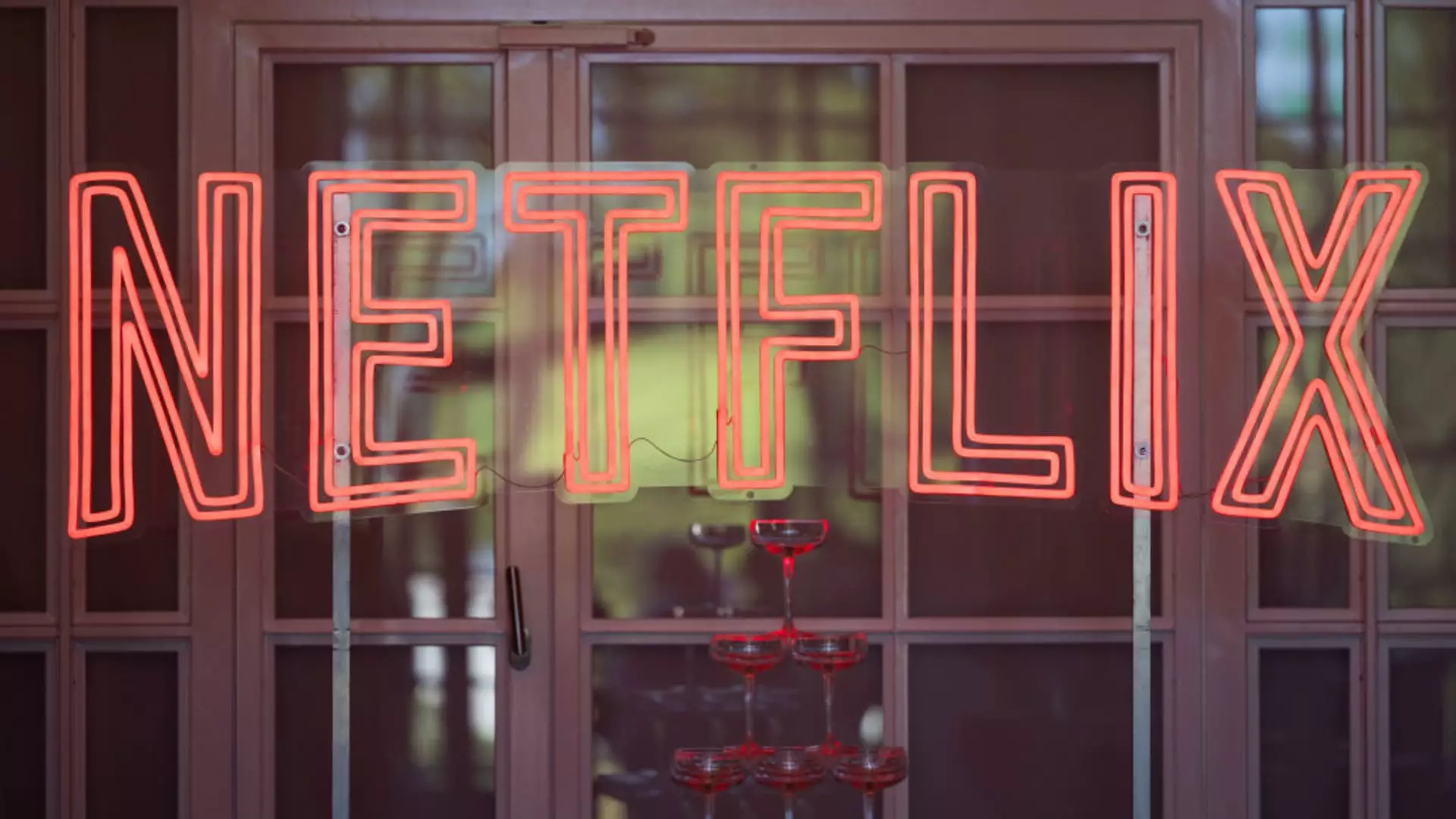In a significant move that has sent ripples through the entertainment industry, Netflix has announced an increase in prices for most of its subscription plans in the United States. This change, revealed on a Tuesday, marks the company’s latest attempt to adjust its business model in a competitive streaming market. The standard plan, devoid of commercial interruptions, is set to jump from $15.49 to $17.99 per month. Meanwhile, the recently introduced ad-supported plan will see a hike from $6.99 to $7.99. Additionally, users of the premium plan will be paying an increased fee from $22.99 to $24.99. These increases are not limited to the U.S., as the company is also raising prices in markets including Canada, Portugal, and Argentina.
The past few years have witnessed a troubling trend for consumers as numerous streaming platforms, including Netflix, Disney+, and Warner Bros. Discovery’s Max service, have steadily elevated their prices. The motive behind these increases is clear: companies are striving to achieve profitability while navigating a rapidly evolving entertainment landscape. In a recent earnings call, Netflix’s co-CEO, Ted Sarandos, emphasized the essential nature of having robust content to justify price increases, pointing to an enticing roster of upcoming releases slated for 2025. This stance underscores the pressure streaming platforms face to deliver valuable content in order to retain and grow their subscriber base.
The Strategic Shift to Ad-Supported Models
Netflix has made substantial changes to its approach over the past year, including the introduction of an ad-supported option, which was introduced in November 2022 to attract a wider audience amidst dwindling subscriber growth. The price adjustments come as Netflix reports that it has successfully engaged 70 million global users with its ad-supported plans. This is also the first occasion that Netflix has opted to alter the pricing structure of its lower-cost ad-supported plan, which reflects the service’s growing reliance on advertising revenue as a viable alternative to traditional subscriber fees.
Compounding the situation, Netflix has intensified its crackdown on password sharing, further signaling a desire to convert casual users into paying subscribers. The service now offers subscribers a feature that permits them to add “extra members” to their accounts, with the cost rising from $7.99 to $8.99 for those on standard plans without advertising. Interestingly, users on ad-supported plans will not incur this increase, indicating a strategic differentiation between user experiences. This recent push to close loopholes in password sharing appears to be resonating with customers, as evidenced by a record gain of 19 million paid memberships during the fourth quarter of the previous year, pushing Netflix’s total subscriber count over the 300 million mark.
As streaming services grapple with rising operational costs and increasing consumer expectations, the question arises: will steep price hikes lead to subscriber churn? While Netflix currently enjoys a robust subscriber base, the potential for backlash against consistent price increases looms large. Competition within the industry remains fierce, and many consumers are weighing their loyalty against alternatives offering similar content for less. Netflix’s ability to sustain its growth amidst such challenges will depend largely on the quality and exclusivity of its offerings, in addition to its pricing strategy.
Netflix’s recent announcement of price increases for its subscription plans highlights not just a unilateral decision by the company, but an ongoing evolution in the streaming industry as a whole. As streaming competitors embrace similar price hikes, consumer sentiment will be tested in an era where budget consciousness is at an all-time high. Subscribers will undoubtedly be watching closely—both in terms of content offerings and pricing—deciding where to allocate their entertainment budgets in a world brimming with streaming options. The future of Netflix and similar platforms hinges on their ability to adapt not only their pricing strategies but also their content offerings to meet subscriber needs in an increasingly price-sensitive market.

